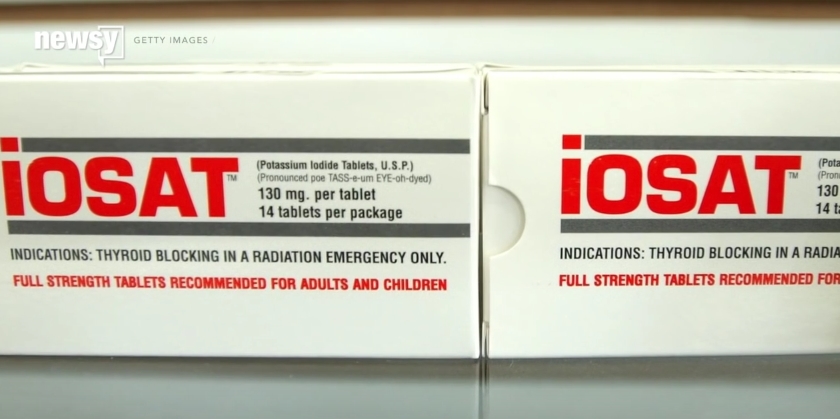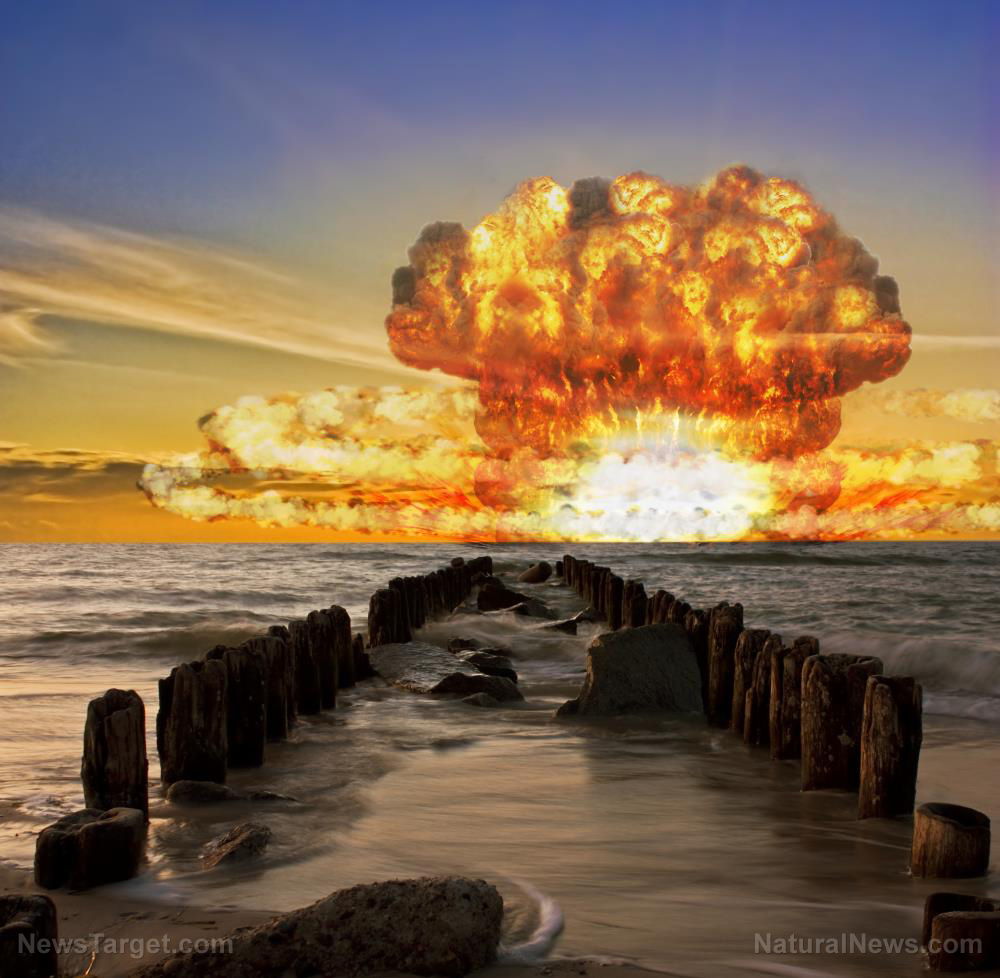Impending nuclear winter: A 1-week nuclear war between India and Pakistan could kill 50-125 MILLION people – and starve the rest, warn experts
10/02/2020 / By Virgilio Marin

The heated tension between Pakistan and India has been boiling up to a simmer in recent years. Numerous cross-border shelling incidents and ceasefire violations have occurred between the two nuclear-armed states, prompting concerns of a nuclear war. A recent study published in the journal Science Advances imagined what would happen in the event such a war broke out and the picture is bleak.
A week of nuclear barrage could cause 50 up to 125 million casualties and trigger widespread famine on top of the ensuing damage to property. What’s more, the war could plunge the entire planet into a nuclear winter – a hypothetical period of extreme cold that could emerge after a large-scale nuclear war.
“An India-Pakistan war could double the normal death rate in the world,” said Brian Toon, a professor at the Department of Atmospheric and Oceanic Sciences at the University of Colorado, Boulder. “This is a war that would have no precedent in human experience.”
Indo-Pakistani nuclear war will be catastrophic
The two South Asian nations have declared war on four separate occasions since the 1947 Partition of India that made Pakistan a sovereign country: 1947, 1965, 1971 and 1999. With the exception of the 1971 war, these skirmishes were mainly driven by territorial disputes over the Kashmir region, which was located north of India.
Both sides agreed to a ceasefire in 2003 but that hasn’t stopped the two from regularly exchanging fire across the contested border. Several armed conflicts have occurred, often involving terrorist groups that India claims are in collusion with the Pakistani government.
Each nation has about 150 nuclear warheads at their disposal, and that number is expected to rise to over 200 by 2025. “They’re rapidly building up their arsenals,” said Toon. “They have huge populations, so lots of people are threatened by these arsenals, and then there’s the unresolved conflict over Kashmir.”
Toon and his colleagues wanted to find out how devastating an Indo-Pakistani war could get, especially when nuclear weapons were in the conversation. They drew on a wide range of data, including state-of-the-art computer simulations of Earth’s atmosphere and accounts of the Hiroshima and Nagasaki bombings in 1945.
According to the researchers, the effects of war would come in several stages. During the first week, India and Pakistan could successfully launch about 250 nuclear warheads at each other’s cities. It’s unclear how powerful these weapons could be as neither nation conducted nuclear tests in decades. But the team estimated that each nuclear missile could kill up to 700,000 people.
Many of the casualties would not be caused by the blasts themselves, but rather from the ensuing fires. Toon pointed to the mile-wide field of rubble caused by fire after the bomb was dropped on Hiroshima.
The fires, however, would just be the beginning of such a conflict’s effects on the rest of the world.
Effects of war will be widespread with nuclear winter
The team forecasts that nuclear winter would happen in the event an Indo-Pakistani war went nuclear, unleashing up to 80 billion pounds of dark, dense smoke into Earth’s atmosphere. The smoke could potentially block sunlight from reaching the surface, effectively bringing global temperatures down by an average of 3.5 to 9 degrees. This mini ice age could last for several years; its effects, however, would be felt immediately as food shortages become rife worldwide.
Sharp reductions in agricultural yields and aquatic catch would be the norm as plant productivity in both land and oceans drop dramatically, according to co-author Nicole Lovenduski, Toon’s colleague at the Department of Atmospheric and Oceanic Sciences.
Toon, who came of age during the height of the Cold War when schoolchildren practiced ducking-and-covering under their desks, believes that the threat of nuclear weapons persists well after the Cold War has ended. This is a threat that’s exemplified by the current hostilities between India and Pakistan. (Related: Threat of global nuclear war now even higher than during the Cold War.)
He acknowledges that the scope of an Indo-Pakistani war as illustrated by their findings may be tough to swallow. Still, he hopes that the study reaches the concerned individuals: “Hopefully, Pakistan and India will take note of this paper.”
Nuclear.news has more scenarios of modern nuclear war.
Sources include:
Submit a correction >>
Tagged Under:
catastrophic, chaos, Cold War, Collapse, Earth's atmosphere, environment, famine, food shortages, Global Cooling, India, Indo-Pakistani war, mini ice age, nuclear bombing, nuclear war, nuclear weapons, nuclear winter, Pakistan, terrorist, War
This article may contain statements that reflect the opinion of the author



















